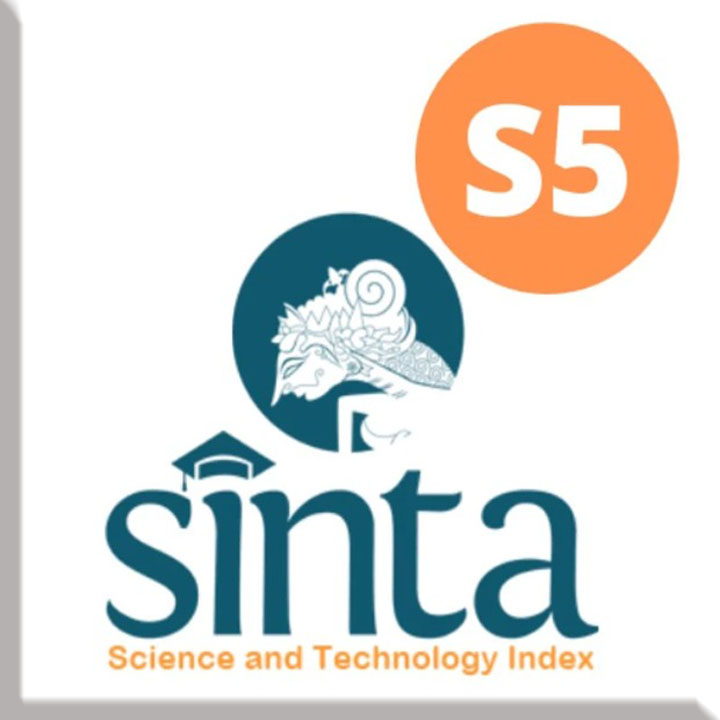Interested in submitting to this journal? We recommend that you review the About the Journal page for the journal's section policies, as well as the Author Guidelines. Authors need to register with the journal prior to submitting or, if already registered, can simply log in and begin the five-step process.
If you wish to publish an article in the Bakira journal, you can take note of the following as author guidelines:
You must register at https://ojs3.unpatti.ac.id/index.php/bakira/login. If you already have an account on https://ojs3.unpatti.ac.id or other OJS3 journals within the scope of Pattimura University, you can use that account to log in. Once logged in, go to the Bakira journal's dashboard, select the "Author" role, and check the "Author" box. Then, a "new submission" button will appear. Prepare your article in accordance with the writing guidelines provided in this template link Journal Template.
Please read carefully the publication procedures:
- Submission by Authors: Authors submit their research articles or manuscripts to the journal through the OJS3 platform. Authors provide the necessary information, including author details, manuscript files, and any supplementary materials.
- Initial Screening: The journal's editorial team conducts an initial screening to ensure that the submitted manuscripts comply with the journal's guidelines and formatting requirements. Manuscripts that do not meet these criteria may be returned to the authors for revisions or, in some cases, rejected.
- Editorial Assessment: The editor-in-chief or handling editor assesses the suitability of the submitted manuscript for the journal's scope and focus. The editor also check for plagiarism or ethical concerns at this stage.
- Assignment of Reviewers: If the manuscript passes the initial screening, the editor assigns one or more reviewers to assess the quality and validity of the research. Reviewers are selected based on their expertise in the subject matter.
- Peer Review Process: Reviewers review the manuscript, provide comments, and make recommendations. Depending on the editor's policy, this process may be single-blind (reviewers know the author's identity) or double-blind (reviewers and authors are both anonymous to each other).
- Editor's Decision: The editor-in-chief or handling editor evaluates the reviewers' feedback and makes an editorial decision. Common decisions include acceptance, major revisions, minor revisions, or rejection.
- Author Notification: Authors are notified of the editorial decision. If revisions are required, authors are provided with specific feedback from the reviewers and the editor to guide their revisions.
- Revisions by Authors: Authors make the necessary revisions based on the feedback provided and resubmit the revised manuscript to the OJS3 platform. This process goes through multiple rounds of revision and review.
- Copyediting and Proofreading: Once the manuscript is accepted, it undergoes copyediting and proofreading to ensure language quality, consistency, and adherence to journal style.
- Final Manuscript: Authors are required to submit the final version of the manuscript, incorporating all revisions and ensuring it meets the journal's formatting and style guidelines.
- Metadata and Pre-publication Preparation: The journal's editorial team adds metadata, assigns DOIs, and prepares the manuscript for online publication. They may also create supplementary materials, such as graphical abstracts and keywords.
- Payment Instructions: You will receive an invoice or payment instructions outlining the amount of the APCs (Rp. 350.000), the payment methods accepted (bank transfer), and the deadline for payment. Review these details carefully.
- Payment Process: Follow the instructions provided to make the payment. Ensure you keep a record of the payment transaction.
- Publication Online: The final, approved version of the manuscript is published online on the journal's website using the OJS3 platform. It becomes accessible to the academic community and the public.
- Archiving: OJS3 archives the published manuscript and associated data to ensure long-term preservation and access.
- Indexing: The journal submits the published content to indexing services, databases, and repositories to increase its discoverability and reach a wider audience.
- DOI Assignment: A Digital Object Identifier (DOI) is assigned to the published article, making it easily citable and providing a permanent link to the work.
- Publication Announcement: The journal issue announcements, such as email notifications, social media updates, or RSS feeds, to inform the academic community about the newly published article.
- Access and Citations: Readers and researchers can access the published article online and cite it in their own work.
The publication process in Journal of BAKIRA ensures a structured, transparent, and efficient workflow for academic articles, from initial submission to online availability. It also emphasizes quality control, peer review, and adherence to editorial standards to maintain the integrity of scholarly publishing.












